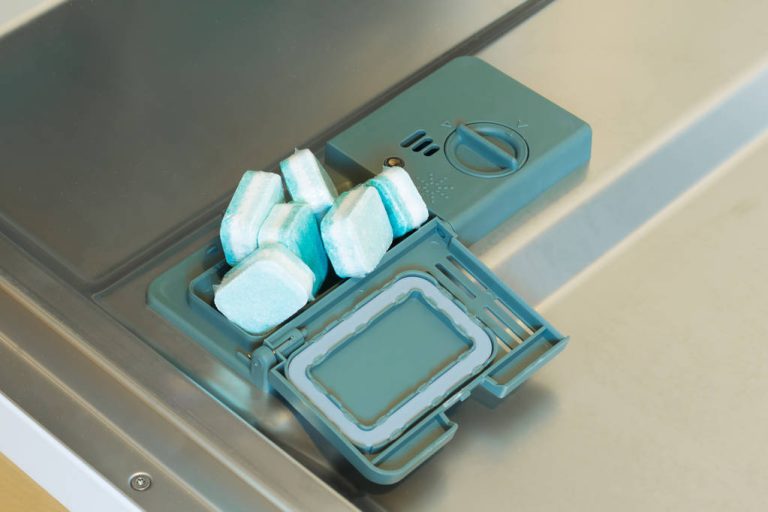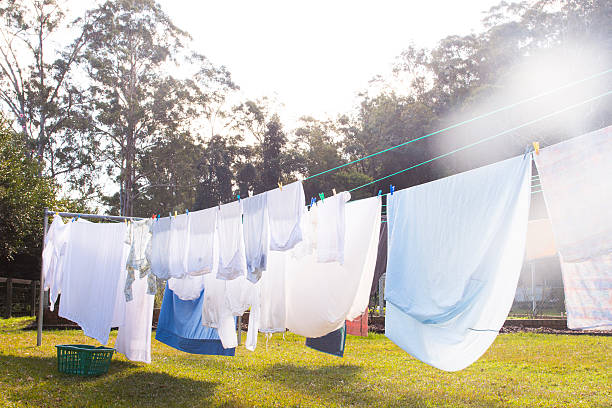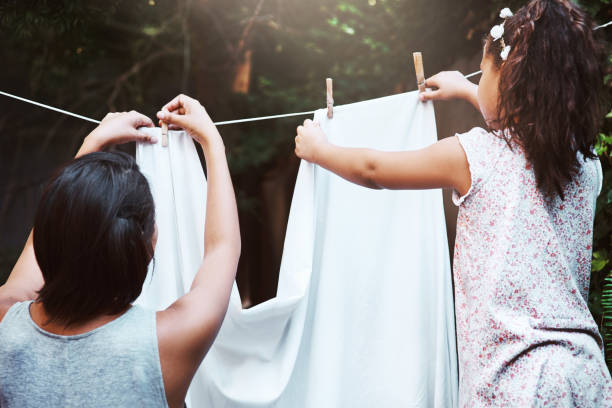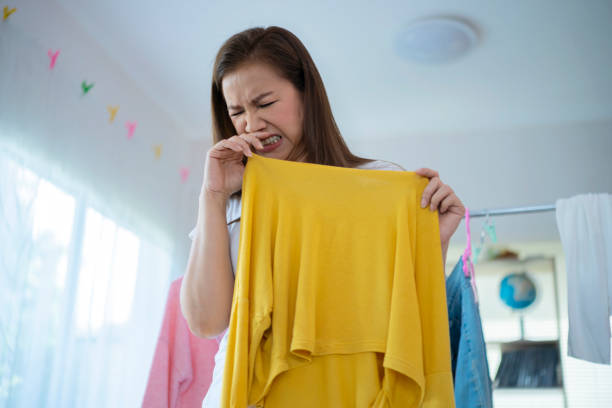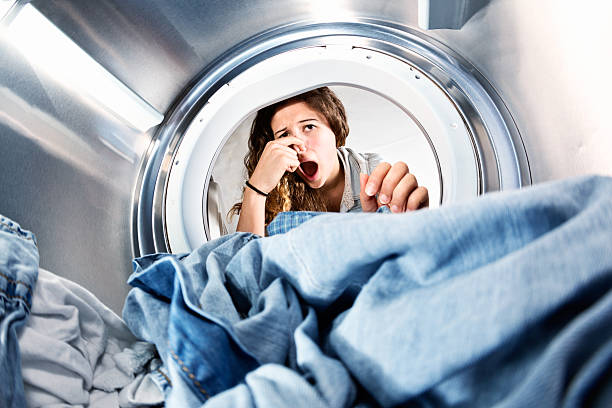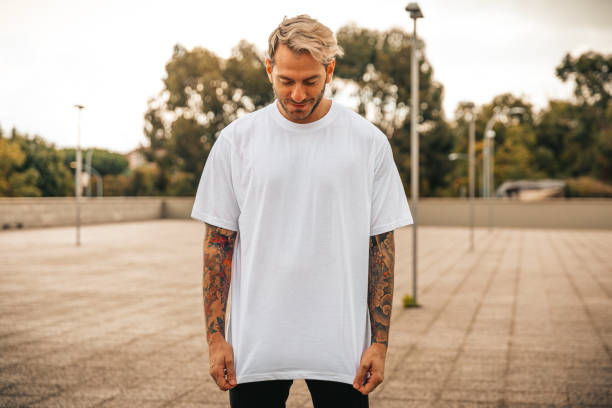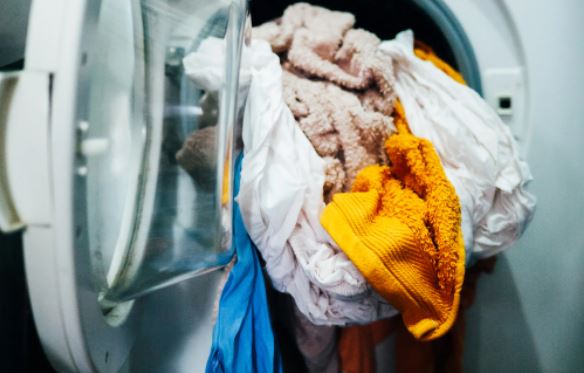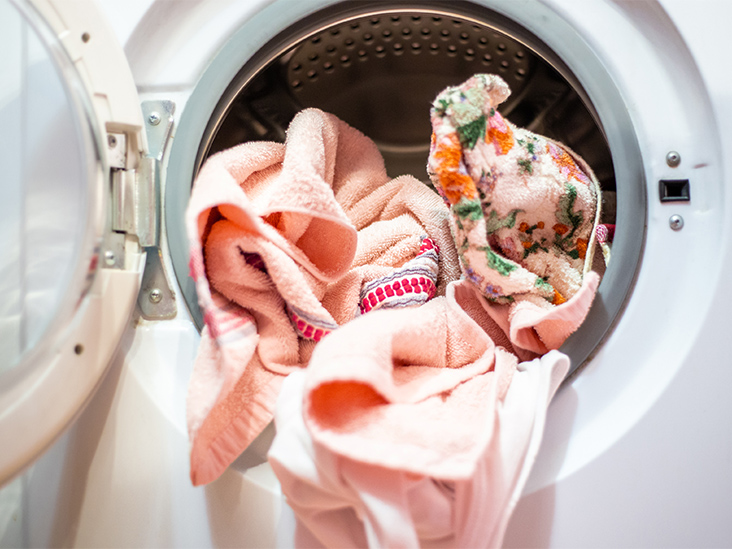Tips on how to do laundry properly. Now it’s time for the laundry. With clever tricks, you can care for your textiles sustainably and prevent the colors from fading. For the cleanliness and longevity of your laundry. Sort things worth knowing about detergents, fabric softeners, laundry symbols, and the right laundry.
Hundreds of years ago, housewives had various tricks for getting their laundry clean and flawless. They also allowed the clothing to have a long life. Nowadays, this is primarily done for us by a state-of-the-art and fully electrically controlled machine. But there is still a lot to consider when washing clothes properly.
How do I get my laundry clean?
Sure we can just do our laundry by using the washing machine. But here, too, there is a lot to consider. Which detergent can I use? How do I dose it? Do I need a fabric softener? How can I wash gently? And those are all legitimate questions you’re asking yourself. Because not all of your clothes can take the hot water or the spin cycle. We give you the following tips for washing and caring for your clothes.

1) The right detergent for washing clothes
It is actually almost impossible to find the right detergent among the countless detergents on offer. Therefore, you should try several detergents to find the right one for your appliance. The most important criteria for your detergent should be the following:
- Refrain from fragrances, because they could cause nasty allergies.
- Using as few surfactants as possible damages the environment, especially our groundwater.
- Avoid concentrates, as very few strictly adhere to the dosage recommendations.
- Do not use detergents with optical brighteners, as these can fade colored and dark clothing.
2) Natural alternatives to conventional detergents
Anyone who walks past the shelves with detergents in the supermarket these days has a huge selection of different brands, fragrances, and promises. But how did our great-grandparents manage to walk out the door clean 100 years ago? Quite simply: In the past, they used completely natural resources. These can currently only be found in organic shops, health food stores, or online.
In this country, the horse chestnut is considered a favorite alternative to conventional detergents. Because this ensures clean laundry. But evergreen ivy can also be used as a variant. The contained saponins have an excellent cleaning effect. You can also make your own laundry detergent. This saves you time and money. Or use the miracle cure baking soda on white clothes.
3) fabric softener, yes or no?
This is the question that most people ask themselves. If you are overly allergic to different products and foods, you should generally stay away from fabric softeners. Because there are too many additives in it. This promotes an allergic reaction. In addition, if a piece of clothing is washed with fabric softener in a single wash, it will still carry it up to 40 washes later. Instead, use our instructions for making your own fabric softener.
4) Substitute for fabric softener
As already mentioned, you can make your own fabric softener. So you can save money and have an environmentally friendly alternative. You can simply use effective vinegar for this. So you have to put a good shot in the fabric softener compartment before washing. This then ensures that the limescale that gets onto the clothing with the water dissolves from the fibers. This also makes the clothes nice and soft. The clothing itself does not smell of vinegar. Because the smell goes away after a few minutes. Vinegar is also used to care for the washing machine. Also, read our article on home remedies for cleaning washing machines.
5) Washing machines can also work quietly
Especially if you live in a multi-family or multi-party house, it is advisable to buy a washing machine that works as quietly as possible. Because old models no longer have to be in today’s technology. Since they make the subtenant’s blanket vibrate with every spin cycle. Therefore, quiet washing machines are an advantage for you and your neighbors. Therefore, pay attention to our tips for buying a new washing machine.
6) A washing machine that is too full cannot wash
The operating instructions for each washing machine state how much clothing the respective drum can and should hold. If you do not take this into account, you will not have an optimal washing result and the clothes may still be dirty. In addition, the drum will eventually rattle and no longer run smoothly. That’s why you should take the loading specification seriously. As a result, your laundry will be properly washed and clean. In addition, your washing machine will work longer. In addition, you’d better wash some clothes by hand. Read our contribution to the question washing machine or hand wash? And our easy hand wash guide for delicate clothes.
7) Does the sun really bleach?
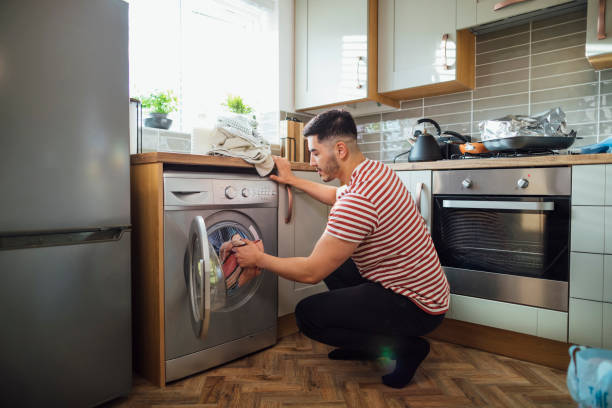
Yes, she does! Experienced laundresses hung their white tablecloths and tops on the clothesline in the backyard as soon as the sun shone. Because that not only served to dry the laundry quickly but also to fade stains from the sun. And that works fine. So don’t use bleach, just wait until the sun shines and then get out with the light-colored textiles. Also, read our instructions on how to bleach your lawn.
8) Dose detergent according to water hardness
Different levels of water hardness can prevail in households. Depending on the hardness of the water, a different detergent is recommended. If you don’t know exactly how hard your water is, you can find out more from your local waterworks. And then dose your detergent accordingly. This way you can achieve an optimal washing result. And at the same time not burdening the environment with unnecessary detergent consumption. You can save on detergent with a phone call and also do something good for the environment. Also note our contribution to cleaning, drying, and caring for down comforters.
9) Gentle wash with a pillowcase
Nothing is more annoying after washing than small holes in the thin fabrics of clothing. That’s why you should always pay attention to the gentle cleaning of your delicates during the wash cycle. You should use an old pillowcase as a laundry cover when washing in the machine. And use the gentle cycle at the same time. This will prevent the lint filter in your washing machine from becoming clogged. Accordingly, the pillowcase is optimal protection for your clothes from holes and tears. Also, note our article on the 6 most common mistakes when doing laundry.
10) Close zipper when washing
Many people mistake holes in clothing caused by zippers for small moth holes. In reality, however, the small teeth of the zipper quickly tear holes in clothing. Therefore, you should close zips before washing. You also prevent your zipper from working after the wash cycle. Therefore, check your clothes for zippers before washing. If it does happen, you can loosen the stuck zipper with candle wax.




